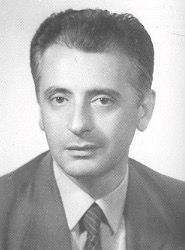This article includes a list of references, related reading, or external links, but its sources remain unclear because it lacks inline citations .(September 2022) |
Francesco De Lorenzo | |
|---|---|
 | |
| Minister of Health | |
| In office 22 July 1989 –21 February 1993 | |
| Prime Minister | Giulio Andreotti Giuliano Amato |
| Preceded by | Carlo Donat-Cattin |
| Succeeded by | Raffaele Costa |
| Minister of the Environment | |
| In office 1 August 1986 –17 April 1987 | |
| Prime Minister | Bettino Craxi |
| Preceded by | Valerio Zanone |
| Succeeded by | Mario Pavan |
| Member of the Chamber of Deputies | |
| In office 12 July 1983 –14 April 1994 | |
| Personal details | |
| Born | Francesco De Lorenzo 5 June 1938 |
| Political party | Italian Liberal Party |
| Height | 1.73 m (5 ft 8 in) |
| Spouse | Marinella De Lorenzo |
| Children | Ferruccio De Lorenzo,Alessandra De Lorenzo,Claudia De Lorenzo |
| Parent |
|
| Occupation | Politician |
Francesco De Lorenzo (born June 5, 1938 in Naples) is an Italian physician and politician and is a member of the Italian Liberal Party.
